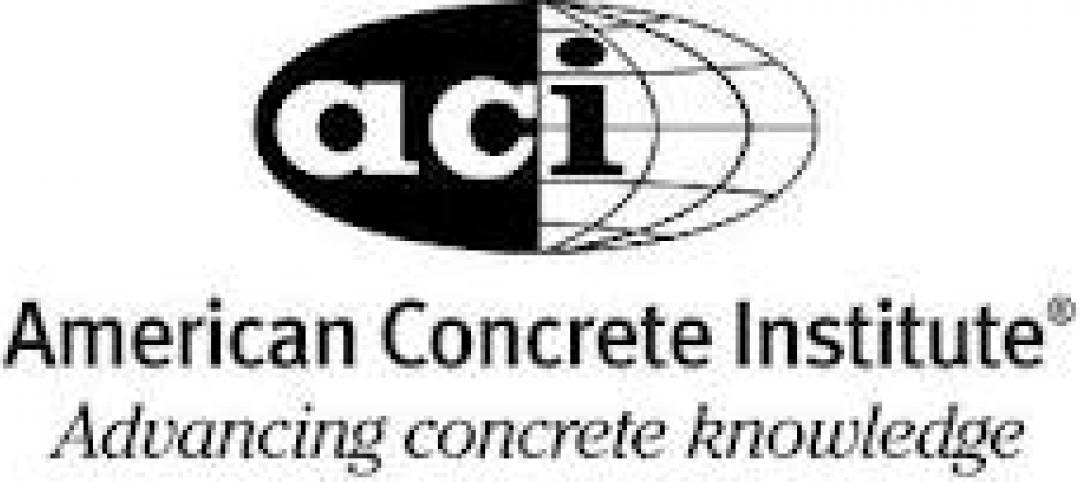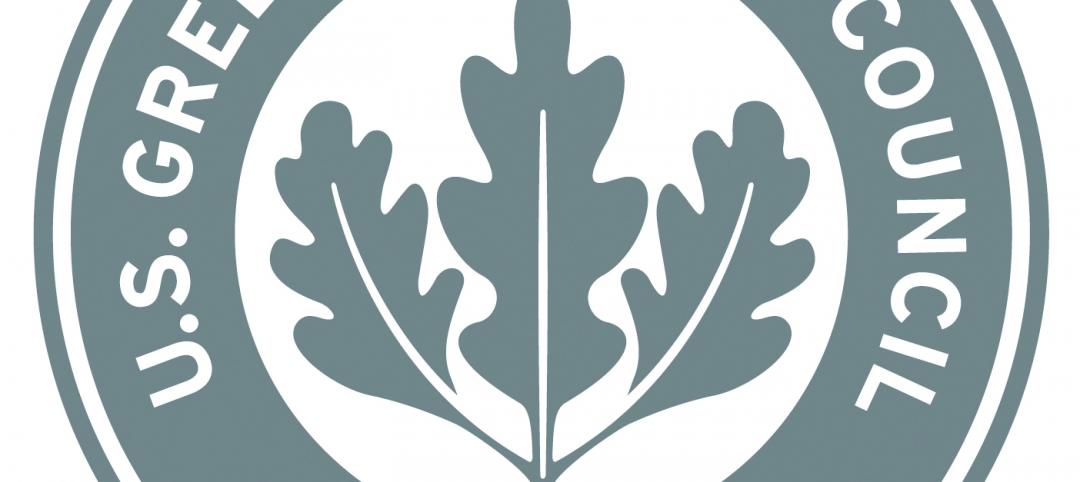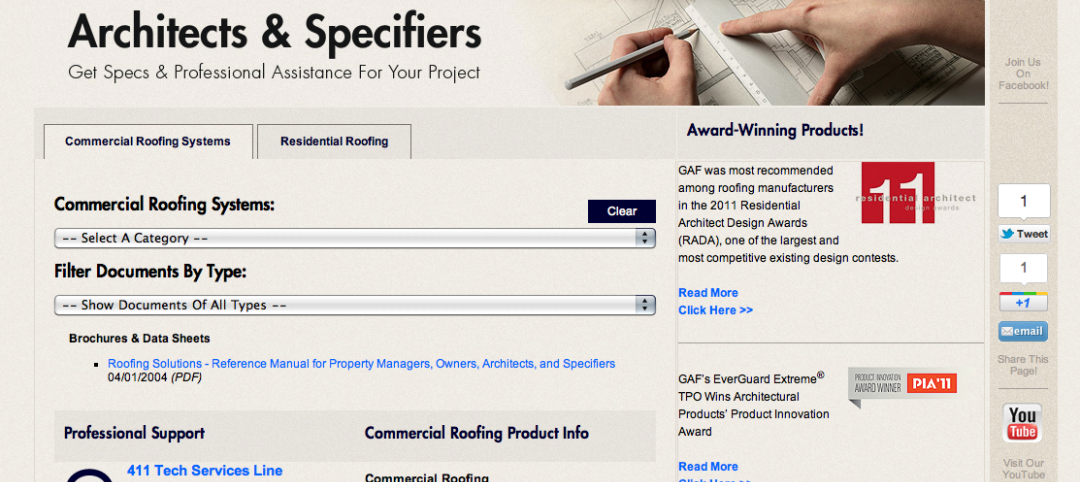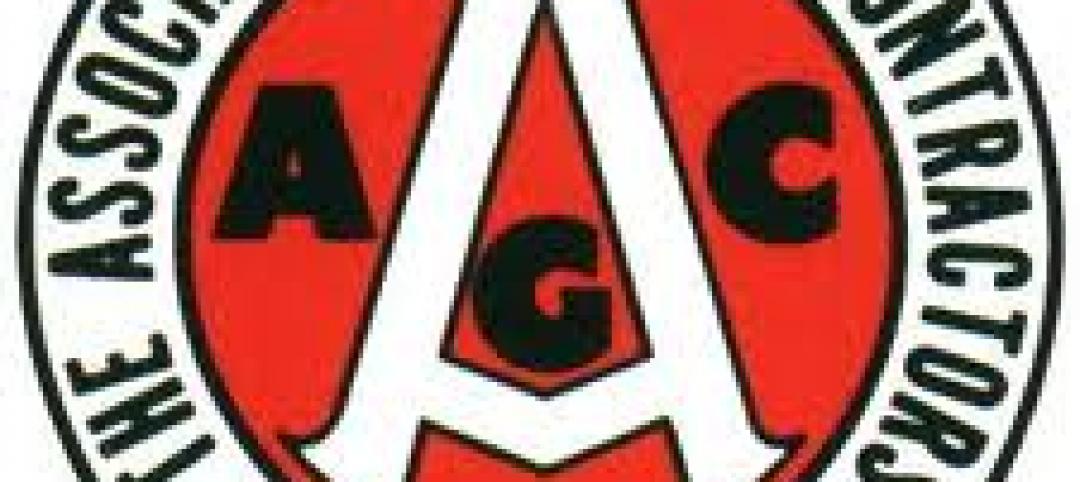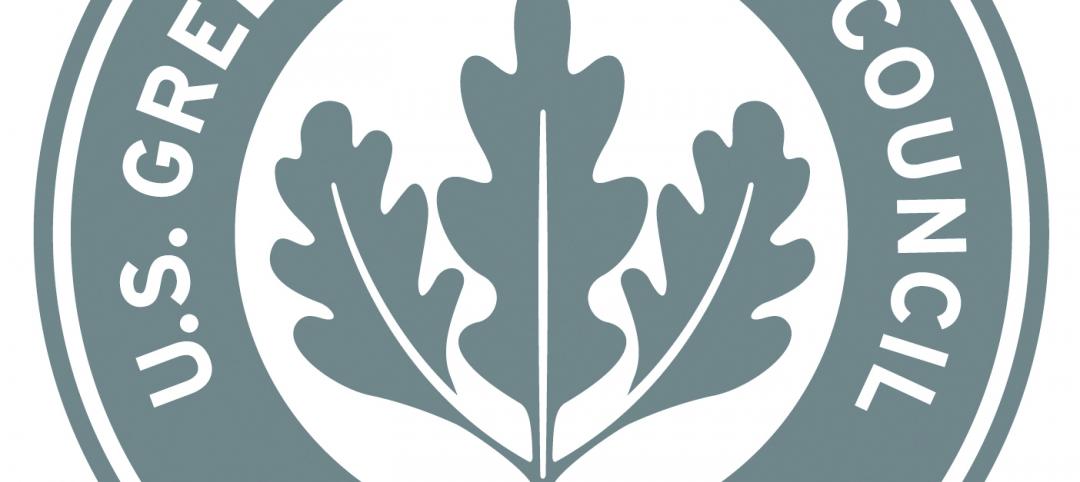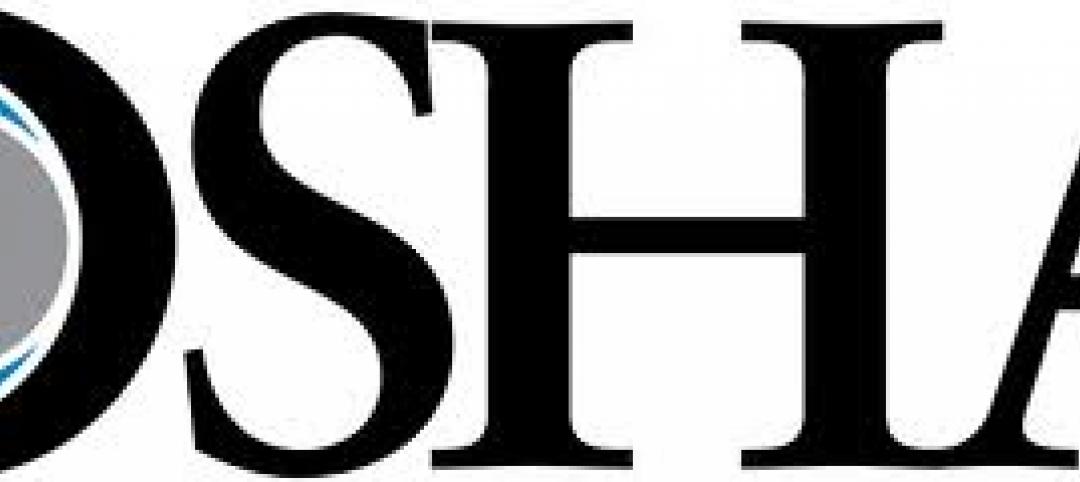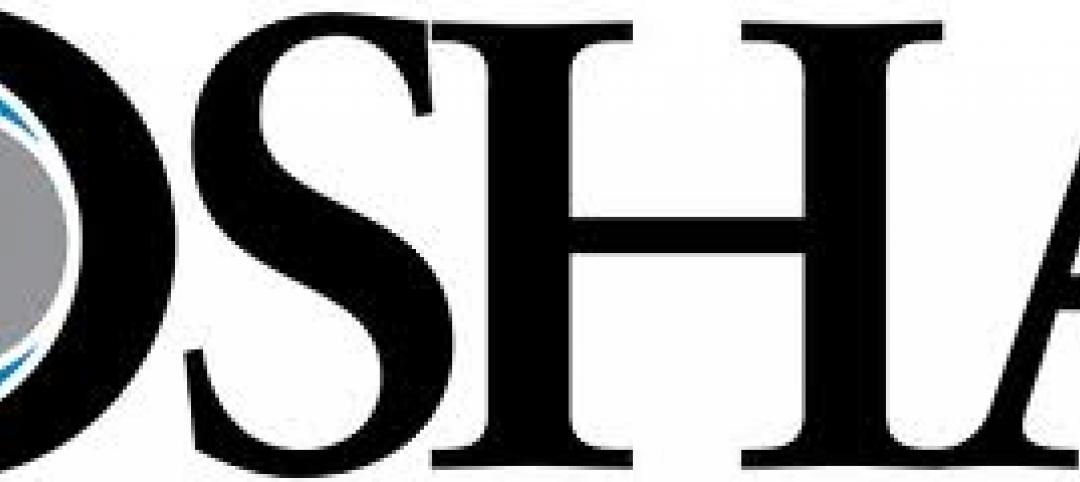Cushman & Wakefield’s 2022 Americas Office Fit-Out Cost Guide found supply chain constraints and shifting consumer demands will continue to add pressure to costs, both in materials and labor.
Increases in construction and customer demand for durable and non-durable goods have driven supply chain disruptions over the past two years. COVID-19 outbreaks and labor shortages have also wreaked havoc through ports and on trucking, transportation, and distribution capacities. The supply chain stress indices for both China and the U.S. ended 2021 up over 40% from pre-pandemic levels.
For office construction and fit-outs, these stressors have created increased delays, greater uncertainty, and higher costs. There appears to be some light at the end of the tunnel, though,
as the supplier delivery index that measures manufacturer delays has been receding
since the middle of 2021, the report says.
The waning of the pandemic may add more fuel to cost pressures, however, as office tenants are targeting the first half of 2022 for employees to return to a more standard office attendance model. “As office space usage increases, we expect organizations will expand their piloting and testing of different types of layouts related to hybrid work,” the report says. “This is likely to increase the amount of fit-out and office space construction activity in the coming quarters, creating even more demand for materials and labor.”
Related Stories
| Feb 23, 2012
Privatizing flood insurance could lead to new code requirements
One thing that could pave the way toward private flood insurance would be NFIP reforms, like requiring new construction in flood-prone areas to be elevated.
| Feb 22, 2012
ACI BIM manual for cast-in-place concrete in development
The improved communication, coordination, and collaboration afforded by BIM implementation have already been shown to save time and money in projects.
| Feb 20, 2012
Comment period for update to USGBC's LEED Green Building Program now open
This third draft of LEED has been refined to address technical stringency and rigor, measurement and performance tools, and an enhanced user experience.
| Feb 20, 2012
GAF introduces web portal for architects and specifiers
The new portal offers a clean look with minimal clutter to make it easier to find the technical information and product data that architects need.
| Feb 17, 2012
AGC advocates for federal procurement reform
Ensure that small business goals take into consideration actual small business capacity in relevant specialty markets.
| Feb 17, 2012
Codes not to blame for Anchorage roof collapses following heavy snows
Design or construction problems likely contributed to the collapses, according to city officials.
| Feb 17, 2012
Comment period opens March 1 for LEED 2012 update
USGBC says that LEED's strength comes from its continuous evolution.
| Feb 17, 2012
OSHA training videos on proper respirator use available online
17 short videos to help workers learn about the proper use of respirators on the job.
| Feb 17, 2012
Union/employer collaboration on the rise aimed at exceeding OSHA safety standards
Unions have learned to help employers win contracts with bids made competitive through good safety practices.




